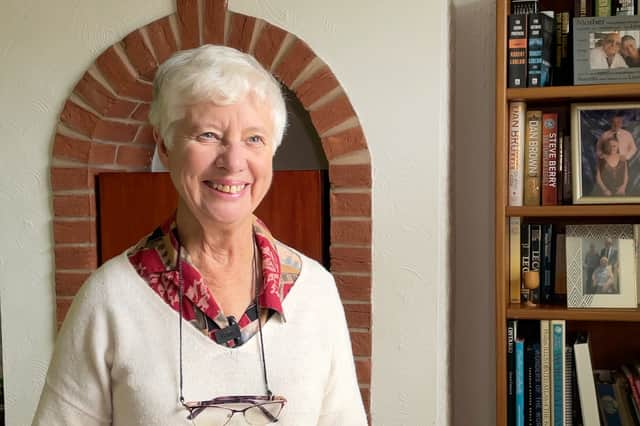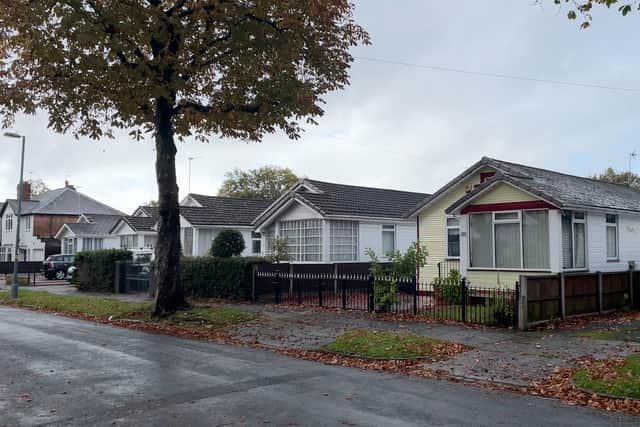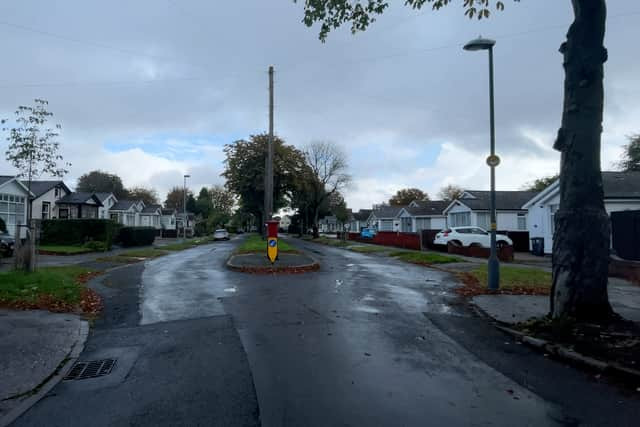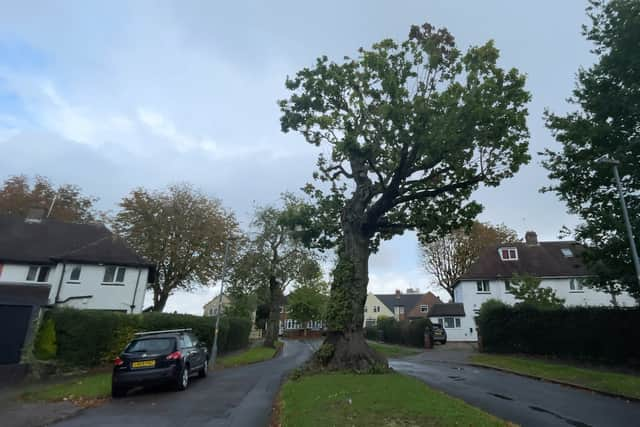We visit the Birmingham village where homes were imported from America in World War One
This article contains affiliate links. We may earn a small commission on items purchased through this article, but that does not affect our editorial judgement.
and live on Freeview channel 276
In the heart of the bustling city of Birmingham lies an idyllic slice of Americana - a First World War housing estate with a unique aesthetic, a true novelty on this side of the Atlantic.
Nestled between Longbridge and Northfield, just south of Birmingham city centre, we discover the captivating Austin Village. Built by automobile magnate Herbert Austin in response to the pressures of the First World War, the village holds a significant place in local Birmingham history.
Advertisement
Hide AdAdvertisement
Hide Ad

Hazel Griffiths, Treasurer for the Austin Village Preservation Society, shares how it all began. "The village was originally built during the First World War for the munitions ladies as temporary accommodation for them and now it has been here for a hundred and seven years. People are still living here," she says.
"They live here because it's a community and they like it here. It's generally quiet, we have trees, it's very green and it's just a friendly place to be in.”
Hazel further explains the rationale behind the village's inception during the war. "Munitions workers during that time throughout the country were women, 80% of them. So they were having to travel from home to work.
"The company put on extra coaches and trains to bring the people in, but unfortunately many of the women were commuting from home four or five miles every day. So Herbert Austin decided to build his own little village for their accommodation.”
Advertisement
Hide AdAdvertisement
Hide Ad

The streets of Austin Village are adorned with the charm of red cedar wood prefabricated bungalows imported from Bay City, Michigan. This gives the village its distinctive American aesthetic. To this day, great efforts are taken to preserve this quality, which serves as a testament to the pivotal role the area played in the city's history.


"We are now part of the Birmingham Heritage Forum," Hazel continues. "That means we have open weeks during September and I have been taking people around the village on a tour, diving into the details of what is here now, showing them where the churches and school were, and other things involved in the Austin Village as it was and as it is now. Everybody seems to be very interested and unaware of what Herbert Austin did.”


Walking further around the village, aside from its Great War history, we also find Britain's supposed first dual carriageway and a stunning tree recorded in the Domesday book. The village still houses many residents who take pride in its legacy and community spirit.


One such resident, Chris, says, “It's a very close-knit area and it is a very nice area to live in. There's a lot of upkeep especially in the bungalows, but the majority of people really love them and I really enjoy living here.”
Comment Guidelines
National World encourages reader discussion on our stories. User feedback, insights and back-and-forth exchanges add a rich layer of context to reporting. Please review our Community Guidelines before commenting.